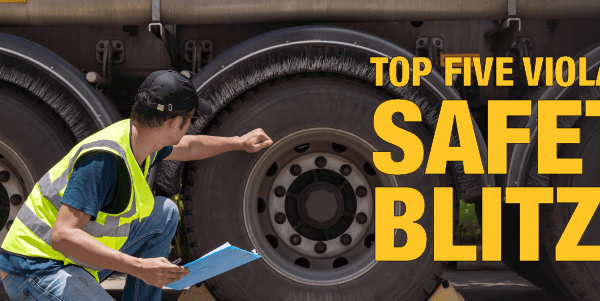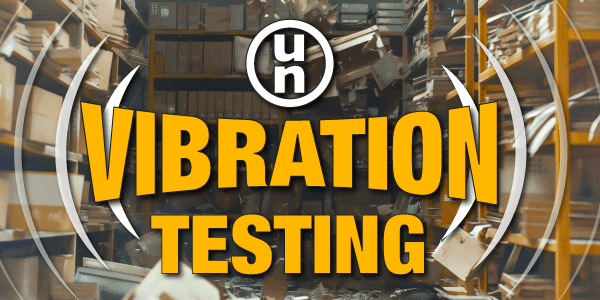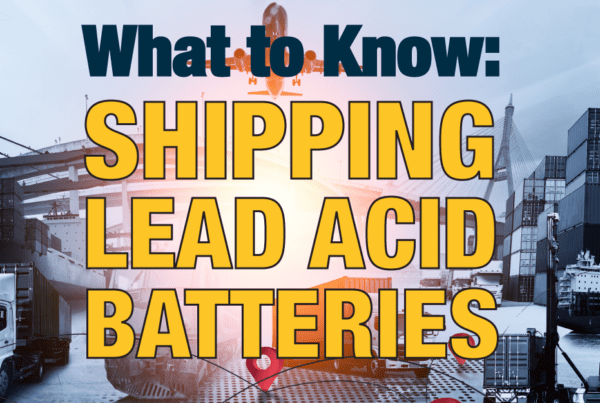
A long time ago, when I was first living on my own, I made, or tried to make, a cheesecake. All the ingredients had been mixed and poured carefully into the pan. All I had to do was put it in the oven and leave it for the appropriate baking time. Unfortunately, as I was transferring it from the counter, the oven door shifted and jarred my hand. My delicious cheesecake batter ended up sloshing into the preheated oven, solidifying and creating a long and tedious cleanup instead of a tasty treat. All I could tell myself as I scrubbed away was, “It’s a learning experience.”
The same is true of hazardous materials (HAZMAT) incidents. While they produce short-term pain, the long-term gain is that we learn more about how to handle them safely. Therefore, the U.S. Department of Transportation (DOT) has required for many years that incidents such as fires, spills or the discovery by the carrier of unidentified hazardous materials should be reported to them. Under the DOT, the Pipelines and Hazardous Materials Safety Administration (PHMSA), which is responsible for the Hazardous Materials Regulations, established a specific form for this, called DOT 5800.1, the Hazardous Materials Incident Report.
What Needs to Be Reported?
The requirements for reporting are given in 49 CFR section 171.15, “Immediate notice of certain hazardous materials incidents.” A reportable incident is defined as one where, as a direct result of a hazardous material:
- A person is killed;
- A person receives an injury requiring admittance to a hospital;
- The general pubic is evacuated for one hour or more;
- A major transportation artery or facility is closed or shut down for one hour or more; or
- The operational flight pattern or routine of an aircraft is altered;
- Fire, breakage, spillage, or suspected contamination occurs involving a radioactive material or an infectious substance other than a regulated medical waste;
- A release of a marine pollutant occurs in a quantity exceeding 450 L (119 gallons) for a liquid or 400 kg (882 pounds) for a solid;
- A situation exists of such a nature (e.g., a continuing danger to life exists at the scene of the incident) that, in the judgment of the person in possession of the hazardous material, it should be reported;
- An unintentional release of a hazardous material or the discharge of any quantity of hazardous waste;
- A specification cargo tank with a capacity of 1,000 gallons or greater containing any hazardous material suffers structural damage to the lading retention system or damage that requires repair to a system intended to protect the lading retention system, even if there is no release of hazardous material;
- An undeclared hazardous material is discovered; or
- A fire, violent rupture, explosion or dangerous evolution of heat occurs as a direct result of a battery or battery-powered device.
The form must be submitted to PHMSA within 30 days of a hazardous materials transportation incident. PHMSA says they use the information to “mitigate risks, analyze gaps and enhance safety.” The form has ended up being a rich source of data on what factors cause accidents to happen, what the costs (financial and personal) of accidents can be, and most important, how we can prevent them from happening in the first place.
The downside, of course, is that this involves that dreaded chore, paperwork. It costs industry significant time to complete the 5800.1 form, and PHMSA time to transfer information from hard copy to a useable digital format. But from now on, it won’t be quite as much drudgery, because PHMSA will now allow you to fill out your form online, using a new feature called the HAZMATICS Portal.
What is HAZMATICS?
PHMSA describes this portal as “a ‘One Stop Shop’ where industry, modal state and other business partners can access PHMSA services via the internet or intranet, creating a single source for crucial Hazardous Materials and Pipeline Safety data via single sign-on access.” HAZMATICS is accessible at https://portal.phmsa.dot.gov/PHMSAPortal2/.
First, the site will ask you to create a personal account. Unfortunately, the portal is not currently capable of registering organizations instead of individuals, but you can create Workgroups so multiple people from one organization can take part in creating and reviewing the forms.

Once registered, you can select the Create a New Incident Report option. This will step you through the form, ensuring that you complete all necessary sections. Need to stop and check something? No problem, the report can be saved in an uncompleted state and finished later. Forgot a section? The portal reminds you. If you have supporting documents you want to include, such as photos or statements from witnesses to the incident, they can be attached to the form electronically. You will be able to search previous reports filed through HAZMATICS, as long as they were created by part of your workgroup.
When finished, the whole report can be sent to PHMSA through the portal without the need to print a hard copy for mailing. PHMSA can then extract data for analysis directly from the form once received without tedious re-entry into digital format on their end.
The portal comes with its own video tutorials for those who find the process confusing at first. These include an overview of the program, how to create a report and access it afterwards, how to create and use workgroups, and how to deal with complex incidents with multiple substances, packaging types or organizations involved (for example, a fire aboard a ship carrying goods from several different consignors). Each field in the form will also have individual help files to clarify what information must be provided.
If you’re a bit of a technophobe, don’t worry. PHMSA will still accept the 5800.1 form in written format. However, using the portal will make the job quicker, easier and more accurate for both the reporter and PHMSA.
As for me, all my subsequent cheesecakes have made it safely into the oven. So it really was a learning experience, even if it wasn’t much fun at the time.
Do you have any questions about reporting procedures for spills? Contact ICC Compliance Center here at 888-442-9628 (U.S.) or 888-977-4834 (Canada), and ask for one of our regulatory specialists. We can help you find the information you need.






 ICC USA
ICC USA ICC Canada
ICC Canada